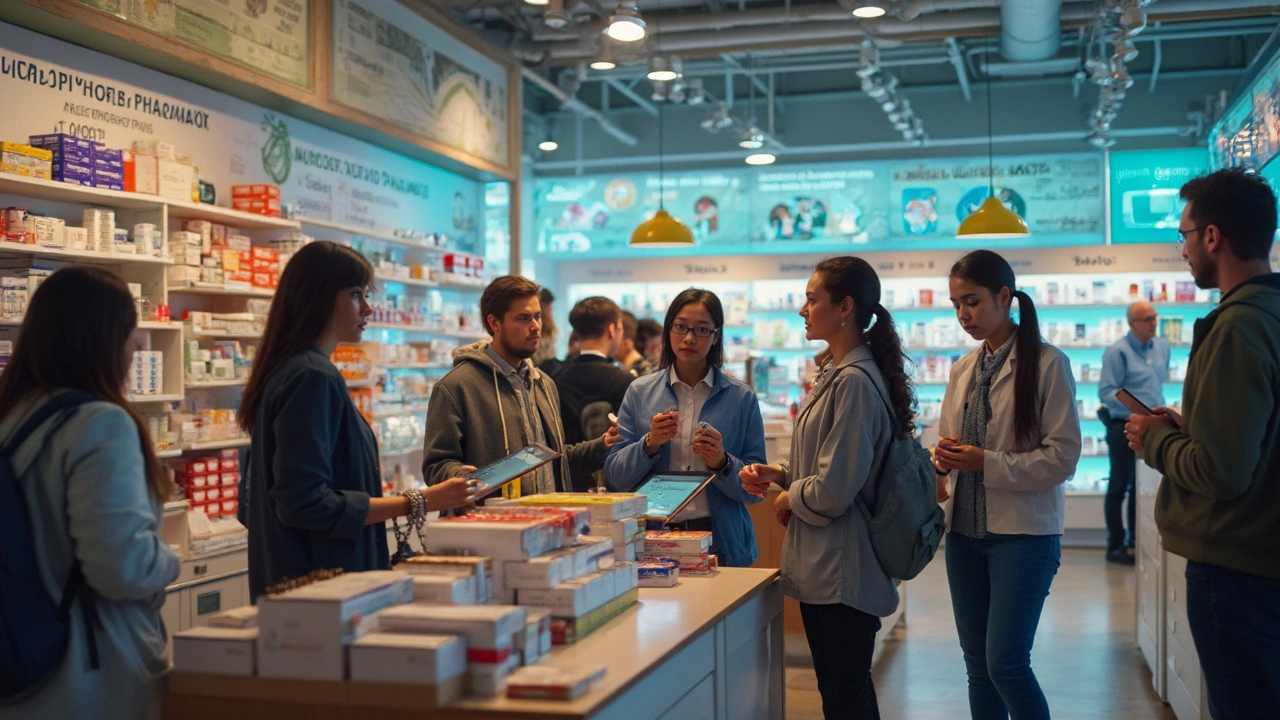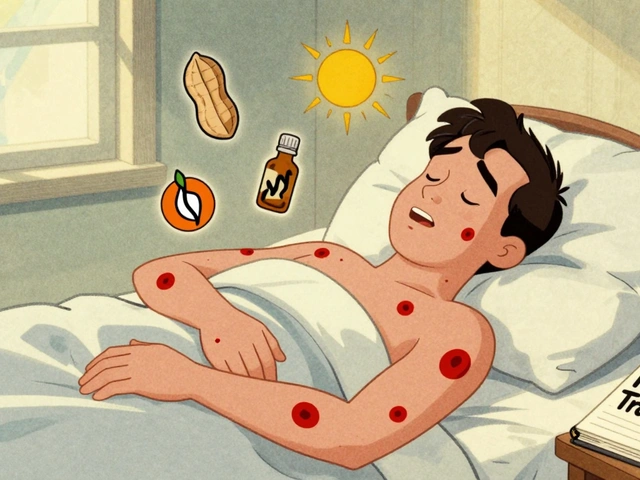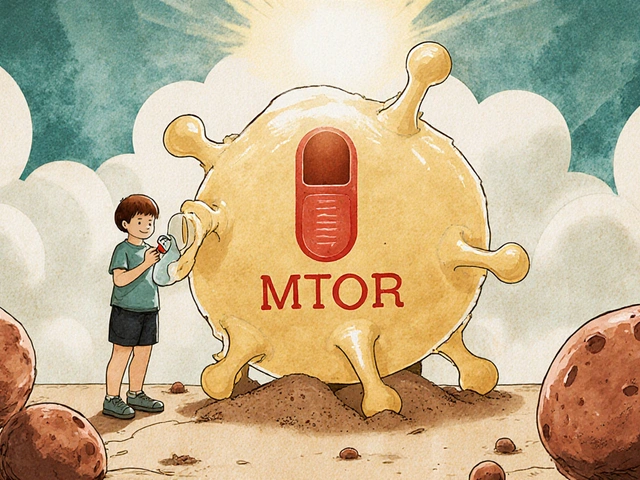Prescription programs: practical ways to afford and get your meds
Prescription costs can spike fast. Prescription programs are the tools that help people pay less or get meds they otherwise couldn’t afford. This page gives clear, usable ways to find aid, pick safe online options, and work with your provider so you don’t skip treatment because of price.
Where to find help fast
Start with manufacturer patient assistance programs (PAPs). Drug makers often run programs that reduce cost or provide free medicine for people who meet income and insurance rules. Look up the drug name plus “patient assistance program” on the manufacturer’s site. You’ll usually fill an application, provide income proof, and wait a few weeks.
If PAPs don’t fit, try copay cards and coupons. These can lower out-of-pocket costs for brand drugs. Use price-comparison tools like GoodRx or SingleCare to compare local pharmacy pricing and coupons. For chronic meds, ask your clinician about generic options or therapeutic alternatives — they often cost a fraction of the branded price.
Using online pharmacies and telehealth safely
Online pharmacies and telehealth services make prescriptions easier, but safety matters. Only use pharmacies that require a valid prescription and show clear contact info and a licensed pharmacist. Verified seals (look for NABP/VIPPS where applicable) or state licensing info are good signs. Red flags: sites that sell antibiotics, controlled meds, or prescription-only drugs without asking for a prescription.
For specific drugs — like antibiotics (Zyvox/linezolid), ED meds (Vidalista/tadalafil), or liver and heart meds — never buy from obscure sites that promise no Rx. Check the pharmacy’s return policy, secure payment methods, and reviews. If a price looks unbelievably low, there’s a reason — counterfeit or unsafe products are common in gray markets.
Mail-order pharmacies can save money on long-term meds; they offer 90-day supplies and steady pricing. Telehealth services paired with reputable pharmacies are handy for refills and follow-ups, but keep your regular provider in the loop so they can monitor side effects and interactions.
If you’re uninsured or underinsured, community health centers and state programs may offer sliding-scale fees. Social workers at hospitals and clinics often help with forms for PAPs and can speed things up. For urgent needs, ask your prescriber for a short-term sample or a lower-cost substitute while paperwork processes.
Final quick checklist: verify pharmacy licensing, demand a valid prescription, compare prices, ask about generics, and apply to manufacturer or state assistance when eligible. If something feels off, call your doctor or pharmacist — a quick question can save money and keep you safe.
Want help finding programs for a specific drug? Use the site search or read our practical guides on buying meds online, saving with coupons, and alternatives to branded drugs.

Top Alternatives to CVS.com for Affordable Medications
Exploring alternatives to CVS.com helps consumers find affordable medication options while ensuring convenience and accessibility. From discount programs to online pharmacies, these options provide diverse choices tailored to different needs. This article highlights ten alternatives, discussing their pros and cons to help you make informed decisions.
Read More




